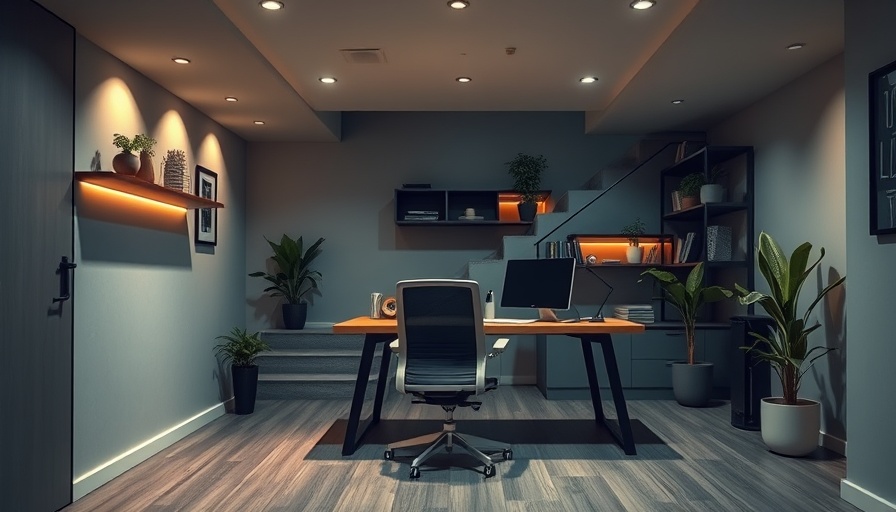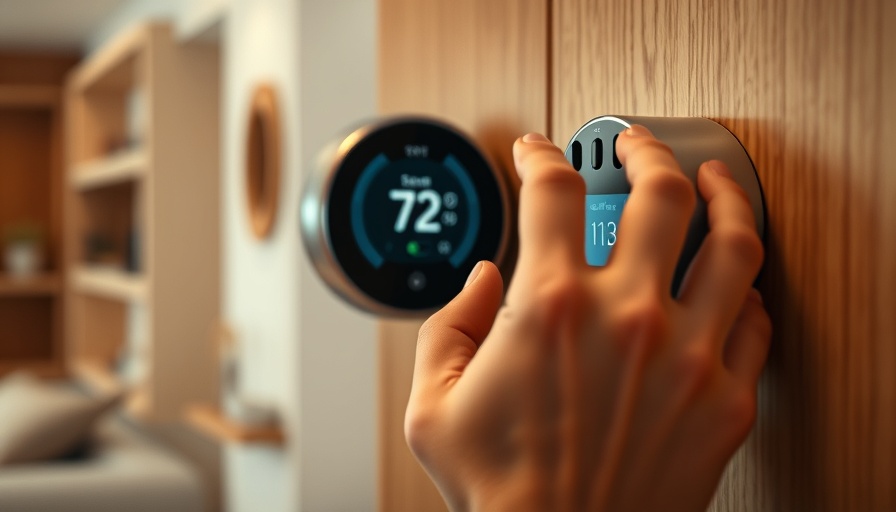
Transform Your Basement into a Productive Office Space
In today’s world of remote work, the need for a dedicated home office has never been more critical. Many homeowners are opting to convert spaces in their homes into functional work environments, yet one area stands out for its untapped potential: the basement. This often forgotten space can be transformed into a quiet and efficient office that ensures maximum productivity.
Benefits of Choosing a Basement Office
The advantages of establishing a basement office are plentiful. Firstly, the privacy it offers is unmatched. Being situated away from the hustle and bustle of everyday family activities, a basement can become a tranquil sanctuary for concentrated work or uninterrupted video calls. Imagine a workspace where you can shut out noise, concentrate solely on your tasks, and immerse yourself in creativity. No barking dogs or household interruptions.
Maximize Your Underutilized Space
Basements typically serve as storage for old items and seasonal decorations rather than functional spaces. With thoughtful renovation, you can reclaim this valuable square footage and unlock its capabilities. This strategy not only utilizes space that is already part of your home but can also add significant value through thoughtful renovation.
Customizing Your Environment for Success
One of the coolest aspects of a basement office is that you have a blank slate to work with. You can design your workspace in a way that fits your personal style and work preferences. From selecting furniture to choosing decorative accents, you have complete control. Consider the types of tasks you’ll be engaged in to determine how best to arrange your workspace increasing productivity and promoting a creative atmosphere.
Key Considerations Before You Start
Before you jump headfirst into your basement modification, it’s smart to plan carefully. Here are some important factors to consider:
Lighting
Basements are known for their low-light conditions, but you can brighten your office for better ambiance. Assess natural light sources—if you have windows or walk-out doors. Adding recessed lighting, desk lamps, or LED strips can ingeniously enhance brightness. Light-colored walls and reflective surfaces also help make the space feel larger and more open.
Ventilation and Climate Control
Basements can be prone to temperature issues and poor ventilation due to their underground location. Working with a contractor to install well-planned heating and cooling systems will ensure a comfortable workspace year-round. A well-ventilated office not only improves comfort but can enhance your focus as well.
Soundproofing Your Workspace
To ensure your basement office remains a haven for concentration, soundproofing should be a priority. Techniques like adding insulation or acoustic panels, and even placing thick rugs can effectively absorb sound. This is particularly important if you plan to hold meetings or video conferences, ensuring a professional environment is preserved.
Understanding Permitting and Construction Needs
Before beginning any renovations, check with local building regulations to determine if permits are required. There can be specific codes related to electrical work, plumbing, or egress windows that ensure your office is safe and compliant. Ensuring your basement office adheres to these guidelines will avoid any future headaches.
Investing in Your Home Office: Long-term Benefits
While establishing a basement office requires initial investment in time and resources, the benefits are profound. Not only will you enhance your work-from-home experience, but a thoughtfully designed office can dramatically increase your home's appeal and value. A well-maintained and beautifully appointed basement office could be a significant selling point should you choose to relocate in the future.
Future of Working from Home
As remote work continues to become a staple in many industries, creating a dedicated workspace at home is not just beneficial—it's becoming essential. More people will undoubtedly seek to carve out a niche that allows them to work efficiently and inspiredly. The basement office trend addresses both form and function; providing peaceful environments that are removed from daily household chaos.
Conclusion: Create Your Ideal Workspace
Transforming your basement into a dedicated office space can lead to enhanced productivity, improved home value, and an overall better remote work experience. Whether you're working independently or from home, making thoughtful upgrades will bring lasting satisfaction.
If you're inspired to create a basement office that suits your needs, start planning your renovation today. Consider your office essentials, how you want to design your space, and embrace the potential your home has to offer.
Let’s make your dream office a reality!
 Add Row
Add Row  Add
Add 




Write A Comment